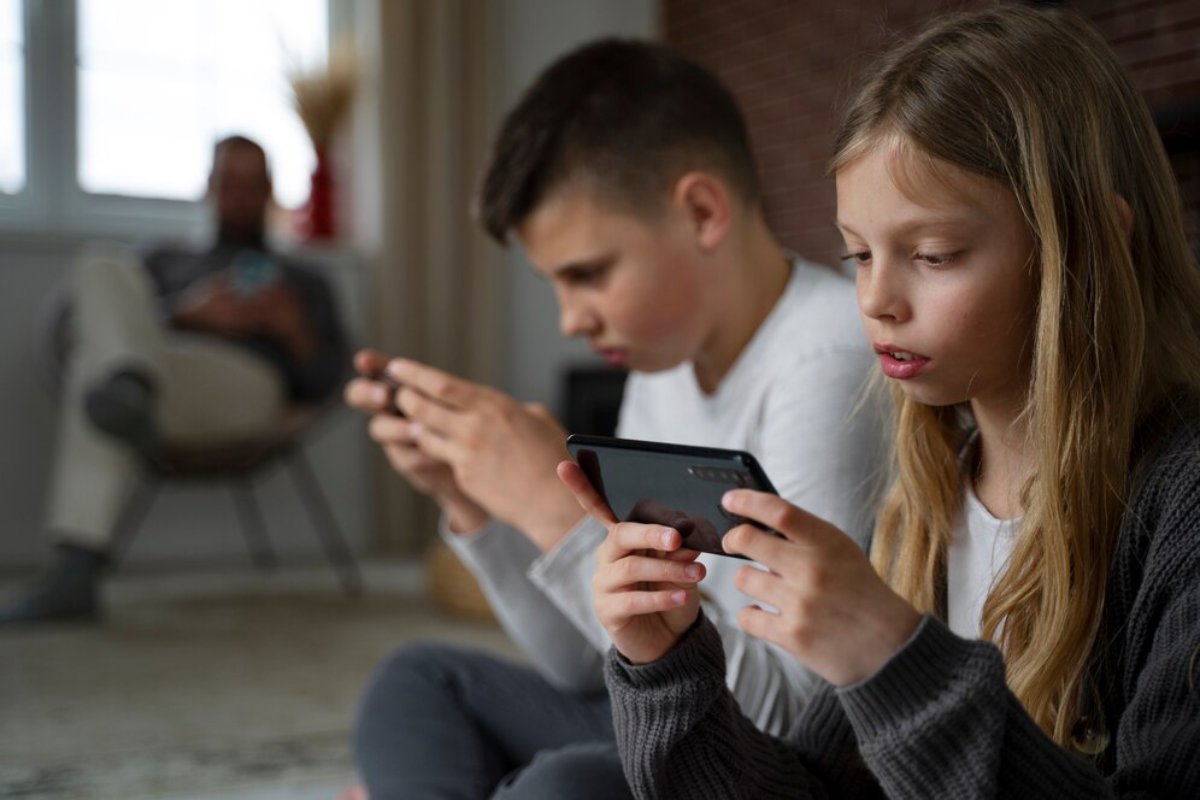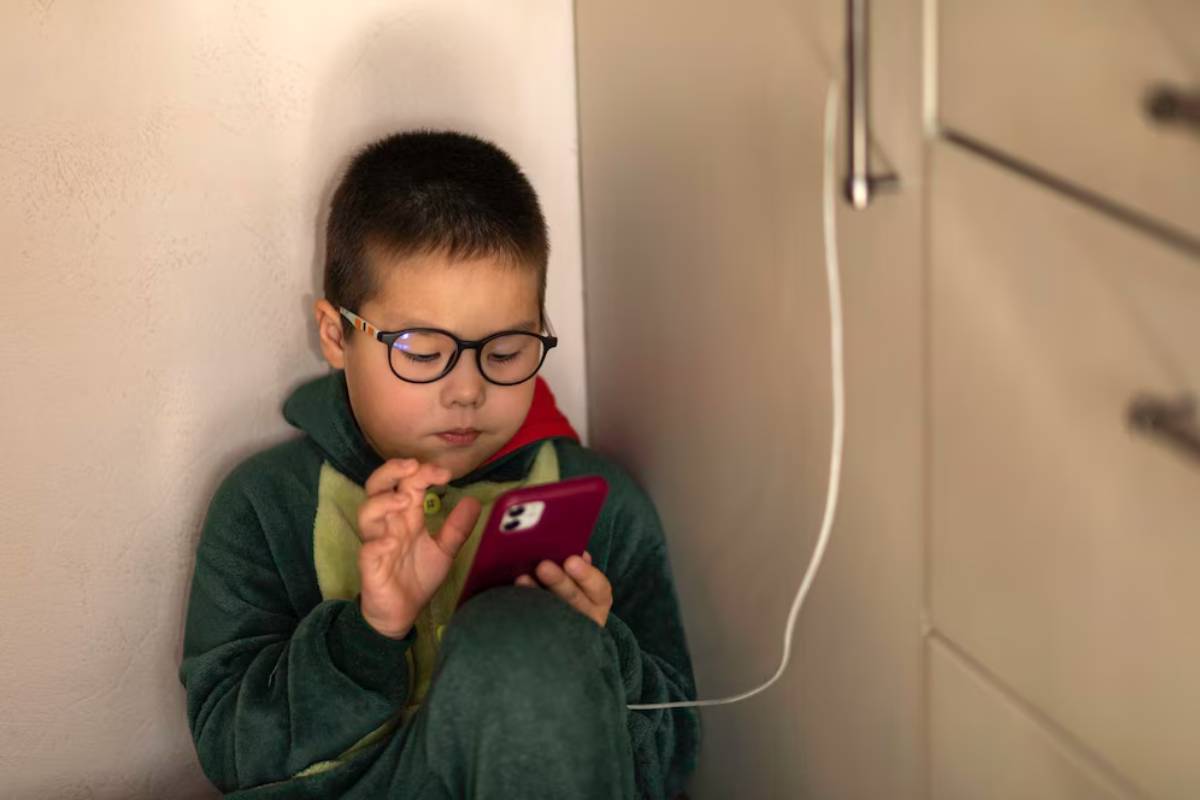
Recognising Screen Addiction and When to Intervene
In today’s digital age, screens have become an integral part of our daily lives. Screens are everywhere, filling our lives, from smartphones and tablets to laptops and TVs. Their presence keeps growing. Technology brings many benefits, like connecting people, providing entertainment, and sharing information. But it also presents big challenges, especially for kids. This blog explores screen addiction. It helps parents spot the signs and know when to step in.
Spotting screen addiction is key to balancing tech use and real-life connections. As digital devices become more common, it’s easy to confuse helpful use with addiction. This blog will clear up myths about screen addiction, share real-life examples, and give parents helpful, data-driven insights so they can better understand this tricky topic.
Key Benefits
Understanding Screen Addiction
Screen addiction is a type of behavioural addiction. It involves compulsive actions that can cause adverse effects. It is marked by a lack of control over screen use. People prioritise screen time over other activities. They may also feel withdrawal symptoms if screen time is cut down. Recognising these signs is the first step towards addressing the issue.
Moreover, screen addiction isn’t limited to gaming or social media. It can also mean using educational apps, YouTube, or digital books too much if done compulsively. The key element is not the content but the user’s relationship with the screen.
The Impact on Children
Kids are more at risk for screen addiction. Their brains are still growing, and digital content is very engaging. Bright colours, fast-paced editing, and interactive features make digital media especially addictive. Too much screen time can cause several problems. These include less physical activity, trouble sleeping, and weaker social skills. Moreover, it can affect academic performance and emotional well-being.
Too much screen time can delay language skills in kids. It may also shorten their attention spans. More young people who use screens are having physical problems. They often deal with headaches, vision issues, and bad posture.

Real-Life Applications and Data-Backed Insights
A study in Paediatrics found that kids who use screens for more than two hours a day often have behaviour problems. The World Health Organisation says kids aged 2 to 5 should have no more than one hour of screen time daily.
A study from the National Institutes of Health found that kids who spent more than seven hours daily on screens had thinner cortexes. The cortex is the brain’s outer layer, and it plays a key role in critical thinking and reasoning. These findings show that moderation is key. They also point out the possible long-term effects of too much screen time.
Additional Expert Tips & Common Mistakes to Avoid
Best Practices for Recognising Screen Addiction
- Notice Behavioural Changes: Look for shifts in your child’s behaviour. This includes signs like irritability, anxiety, or pulling away from family activities. These may be signs of screen addiction.
- Set Clear Boundaries: Establish clear rules regarding screen time and stick to them. Consistency is key in preventing screen addiction. Use tools like screen time trackers and parental controls to enforce limits.
- Encourage Alternative Activities: Support fun activities away from screens. Try outdoor play, reading, or arts and crafts. These activities help kids build various skills and interests and lessen their dependence on digital entertainment.
- Create a Routine: A daily schedule helps kids balance screen time, play, and family time. This can reduce screen dependency and promote a healthy lifestyle.
Common Mistakes and Misconceptions
- Assuming All Screen Time is Bad: Not all screen time is detrimental. Educational content and interactive learning apps can be beneficial when used in moderation. It’s essential to assess screen time’s quality, not just quantity.
- Ignoring the Signs: Many parents overlook early signs of screen addiction. They think it’s just a phase. Early intervention is crucial in preventing long-term issues. If your child becomes agitated when asked to stop using a device or lies about screen use, these could be red flags.
- Using Screens as a Babysitter: It’s easy to use screens to entertain kids. But balancing screen time with other activities is essential. Passive consumption can hinder developmental progress, especially in younger children.
Advanced Insights
Tech Addiction Parenting Strategies
- Model Healthy Behaviour: Children often mimic their parents’ behaviour. Parents can set a good example for their kids by showing healthy screen habits. For instance, they can put their phones away during meals or take breaks from screens.
- Make Tech-Free Zones: Set aside areas in your home where devices aren’t allowed. Good spots include the dining room and bedrooms. This encourages family interaction and reduces screen dependency. Establishing screen-free times, such as during meals or before bedtime, is also helpful.
- Talk openly with your kids: Discuss why balancing screen time with other activities is important. Encourage them to express their feelings about their screen use. This builds trust and helps you work together on solutions.
- Use Positive Reinforcement: Praise your child for cutting back on screen time. You can also give them special privileges, like picking a weekend outing or choosing a new book.
Kids Tech Detox: When to Intervene
When screen addiction starts to hijack daily life, intervention becomes essential. If your child dodges responsibilities, rides the emotional rollercoaster, or feels drained from screens, it’s time for a tech detox. Gradually trim screen time and swap it out for screen-free adventures.
Begin by setting bite-sized goals. For example, reduce screen time by 30 minutes weekly until you hit your target. Curate fun alternatives that spark joy, and encourage the whole family to dive into the detox together. This builds a support system that keeps everyone engaged.
Don’t hesitate to call in the experts if needed. A paediatrician, therapist, or child psychologist can provide valuable guidance. This step is vital, particularly if screen use intertwines with emotional or behavioural challenges.

Conclusion: Recognising Screen Addiction and When to Intervene
Recognising screen addiction is essential. It paves the way for timely intervention. Striking a balance fuels healthy tech habits and nurtures real-life connections. Parents play a pivotal role in guiding their kids toward sound screen practices. They must identify the telltale signs of digital dependency. Establishing clear boundaries is paramount. Encouraging alternative activities is also beneficial.
Technology isn’t the villain; moderation is the hero. Inspire your children to embark on adventures beyond screens and facilitate their participation in activities that promote their physical, emotional, and social wellness.
As a parent, you are the compass guiding your children through the digital jungle. Use this blog’s insights to help them build a healthy relationship with technology. This partnership will lead to a richly balanced lifestyle.
Call to Action: Begin by evaluating your family’s current screen habits. Pinpoint areas for improvement and apply the strategies in this blog. Engage your kids in an open dialogue about why balancing screen time with diverse activities matters. You can forge a healthier, more harmonious approach to technology use.


